When our American friend Tom said he'd finally visit the Philippines last August, Carlos immediately organized a trip to the province of Pampanga, complete with a ten-course lunch at Claude and Mary Ann Tayag's restaurant, Bale Dutung.
"Bale Dutung" means "house of wood". If this house looks somewhat familiar, it's because it was featured in Anthony Bourdain's Philippines episode on No Reservations. Here's the Pampanga clip on Youtube, showing artist and chef Claude Tayag's restaurant.
A salad of wild ferns and tomatoes topped with half a soft-boiled egg.
Grilled chicken buttons (it's the behind, folks!) with brown rice.
Quail stewed in soy sauce, garlic and vinegar (adobo), with egg pan de sal.
Lechon taco. Each diner is served only one ( in order for them to be able to appreciate the rest of the ten-course meal properly), but the fixings are buffet style.
Beef bone marrow. You get a wooden popsicle stick to scoop out the delicious marrow, plus a straw to help you get all the juices.
A thick guava-flavored soup called "bulanglang", featuring "ulang" (large river prawns). There's a small serving of plain rice inside the banana leaf package.
Seafood kare-kare (a stew with peanut sauce).
The courses I didn't photograph were the appetizers (crackers and dip made of homemade herb pesto, "taba ng talangka" or crab fat, and "balao-balao" or fermented rice flavored with shrimps); the coffee and dessert (maja blanca with corn and young coconut).
The meal took us four hours to consume! It was amazing how we could all still stand up at the end of it all. Claude visited our table and signed the books we bought. He and Mary Ann co-authored the book Linamnam, a regional food guide to the Philippines (Anvil Publishing, 2011). Claude also styled Kulinarya (A Guidebook to Philippine Cuisine), by Glenda Rosales Barretto.
Was it worth it? Foreign visitors and locals who aren't too familiar with Pampanga cuisine (like myself) can definitely check this menu out. Some of the dishes were known quantities with a distinctly Pampanga/Tayag twist. Some, like the balao-balao dip and the guava-redolent bulanglang, were exotic. If that doesn't strike your fancy, there are also other menus to choose from. I truly enjoyed Mary Ann's entertaining and informative spiels, and learned a lot about Pampanga's rich history and culture through its food.
What to do after an afternoon of eating? We decided we all wanted a richer dessert, and went all the way to Kabigting's a few towns away in Arayat, for white halo-halo (with pastillas milk candy instead of ube jam)!
Thank you, Tom, for visiting the Philippines, because if it weren't for you, we wouldn't have thought of going on this Pampanga food tour!
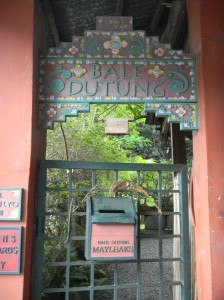
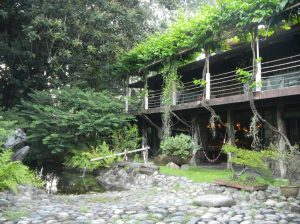

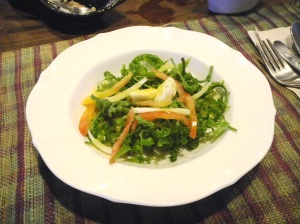
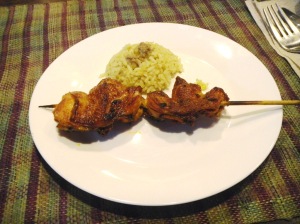
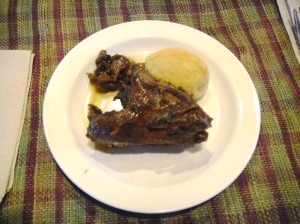
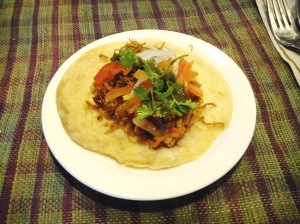
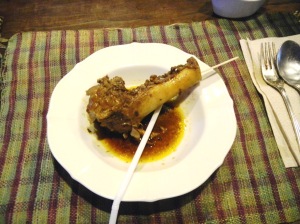
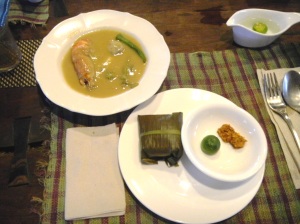
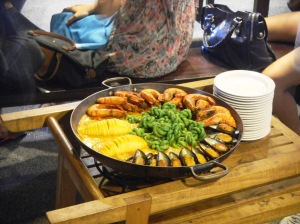
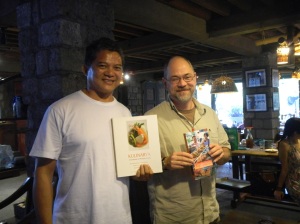
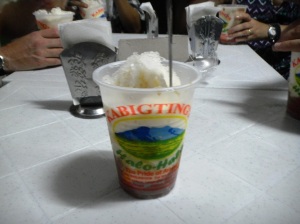


0 Comments:
Post a Comment